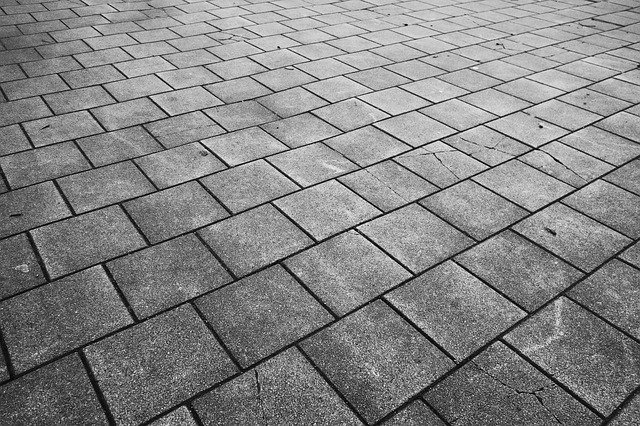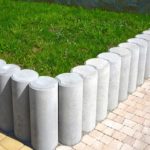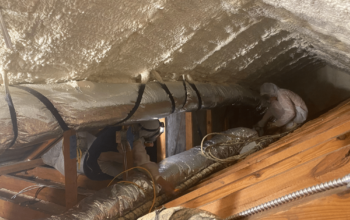If you leave concrete surfaces unprotected, water seeps through the pores into the structure to weaken it over time. This also creates room for bacteria growth. Because of the porous nature of concrete, it’s important to waterproof it. Waterproofing ensures it does not absorb chemicals, water, and contaminants that cause deterioration. Waterproofing makes the concrete durable. To ensure the concrete is waterproof, one can waterproof the exterior, interior, or integrate it into the concrete.
The sheet membrane technology is widely used, though its limitations and failures are common and expensive. For decades, most construction projects have adopted a method of integrating crystalline admixtures to waterproof concrete. The technology ensures that water does not penetrate from any direction since it gets applied on the inside of a structure.
Both technologies [sheet membranes and crystalline admixtures] have been advancing to make them more effective. Below, we take a look at the summary that will help you distinguish them.
Sheet Membrane Systems
It contains polymer materials that get attached to polythene sheets. The sheets are manufactured to increase strength, tensile, resilience, resistance to acidic soils, bondability, and self-healing. Despite the advancement, challenges persist.
The installation of membranes can be a challenging task since they involve sealing, lapping, and finishing of seams at the edges, corners, and between sheets. Afterward, the membranes are applied with a smooth finish exclusive of voids, honeycombs, or projections. They need protection boards meant to prevent them from tearing during backfilling.
Despite the drawbacks, they have been in existence for decades. They hold the highest market share around the globe. People have continued using them due to their durability, toughness, and resistance compared to other membrane options in the market.
Liquid-applied Membranes
They can be applied with a roller, brush, spray, squeegee, and normally contain polymeric asphalt in a solvent base. They are mostly applied on the exteriors of cured concrete and have high properties of elastomeric. Technologies have made it possible to apply the membrane on the interior.
For the process to be successful, it will depend on the thickness of the membrane and uniformity in application. Therefore, you need to call a skilled concrete waterproofing contractor to carry out the task. The membranes tend to deteriorate when exposed to UV rays and are incapable of withstanding foot traffic. The liquids applied contain toxic compounds.
Although they are effective on projects with multiple shapes and protrusions, they get used only when sheet membranes do not work.
Admixtures
It is another type of waterproofing that has been in use for some years globally. These admixtures are added on-site to react chemically within the concrete. The concrete itself is turned into a water barrier. They can either be crystalline admixtures, water repellents, or densifiers.
Once you mix any of the admixtures, they react to make the concrete waterproof.
Crystalline Admixtures
Basically, they come in a dry powdered form, and in nature, they are hydrophilic. It uses water available in the concrete to multiply crystals effectively and getting rid of moisture pathways that ruin concrete. Since the concrete becomes a barrier, it is capable of blocking water from any direction. One can recycle it once a structure is demolished which is an added advantage.
Additionally, they offer installation advantages. Unlike installing the traditional membranes, they are cheaper and easy to install hence the construction schedule will not be affected. It is important to note that crystalline waterproofing system should be used in applications that are in constant movement.
During the process of crystallization, the alignment of the crystals happens in 3D arrays that tend to break in case of excessive movement. Therefore, areas that need flexibility and face frequent movement such as roof-top, consider another way of waterproofing.
In the construction industry, efficiency is the key to success. Once you get the right waterproofing solution for every project, it helps you avoid extending the project’s timeline. Concrete waterproofing contractors are working closely with manufacturers to come up with technologies that will help protect structures for decades.
Related Posts












